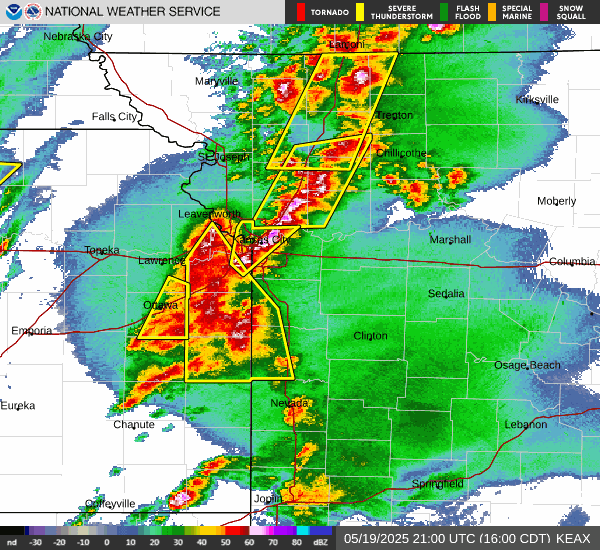How the Storm Prediction Center Helps You Prepare for Severe Weather
Staying safe during periods of severe weather starts with reliable information. The Storm Prediction Center (SPC) plays a crucial role in providing accurate forecasts, issuing alerts, and equipping communities to prepare for dangerous storms. As severe weather becomes more frequent and intense in the U.S., understanding how the Storm Prediction Center operates can help you and your family stay one step ahead.

What Is the Storm Prediction Center?
The Storm Prediction Center, a branch of the National Weather Service, specializes in forecasting severe thunderstorms, tornadoes, and damaging winds across the United States. Meteorologists at the SPC analyze atmospheric data around the clock to assess potential hazards. Their goal is to provide timely, accurate outlooks and warnings so officials and residents can act quickly when risks develop.
How the Storm Prediction Center Issues Threat Levels
The SPC uses a categorical system to define risk levels for severe weather. This system ranges from marginal to moderate and, in rare cases, high risk. Each level indicates the potential severity and likelihood of dangerous storms.
When severe weather is expected, the Storm Prediction Center releases outlooks up to several days in advance. As conditions develop, meteorologists refine their forecasts and may issue additional alerts, watches, or warnings.
For example, before a recent outbreak, local news outlets such as ksdk.com shared information from the SPC. A Weather Impact Alert warned residents to prepare for storm threats between Monday night and early Tuesday, including hail and high winds. These warnings can be the difference between safety and harm, allowing communities to take protective measures well in advance.
Real-Time Alerts and Local Impact
Severe weather doesn't treat every area the same. The Storm Prediction Center works closely with local National Weather Service offices to translate broad forecasts into site-specific, actionable alerts. When the SPC issues a tornado watch or a warning for large hail, local forecasters break down what that means for neighborhoods, cities, and towns.
Local news sources, such as the Columbia Daily Tribune, keep the public updated on live radar, timelines, and evolving threats. For instance, recent coverage highlighted how Missouri residents faced several rounds of dangerous storms, including the potential for flash flooding, hail, and tornadoes. The Storm Prediction Center’s outlooks supported these updates, ensuring residents were informed with the latest data.
Preparing for Severe Storms: What You Can Do
Understanding how the Storm Prediction Center operates is only useful if you act on its guidance. Here are some simple steps you can take:
- Sign up for weather alerts anywhere you live or travel.
- Charge mobile devices ahead of anticipated storms.
- Have a safety plan for home, work, and school.
- Stay tuned to local meteorologists and trusted news sources for continuous updates.
By following recommendations from the Storm Prediction Center, and staying engaged with local authorities, you maximize your chances of remaining safe during severe weather.
Conclusion: The Value of Staying Informed
The Storm Prediction Center’s mission is to protect lives and property. Its real-time forecasts, collaborative local partnerships, and user-friendly outlooks are key resources for anyone in areas prone to severe storms. For the latest severe weather updates and guidance, regularly check trusted sources and never underestimate the power of preparation.
Stay alert, stay informed, and take action when the Storm Prediction Center issues its warnings. Your safety depends on it.